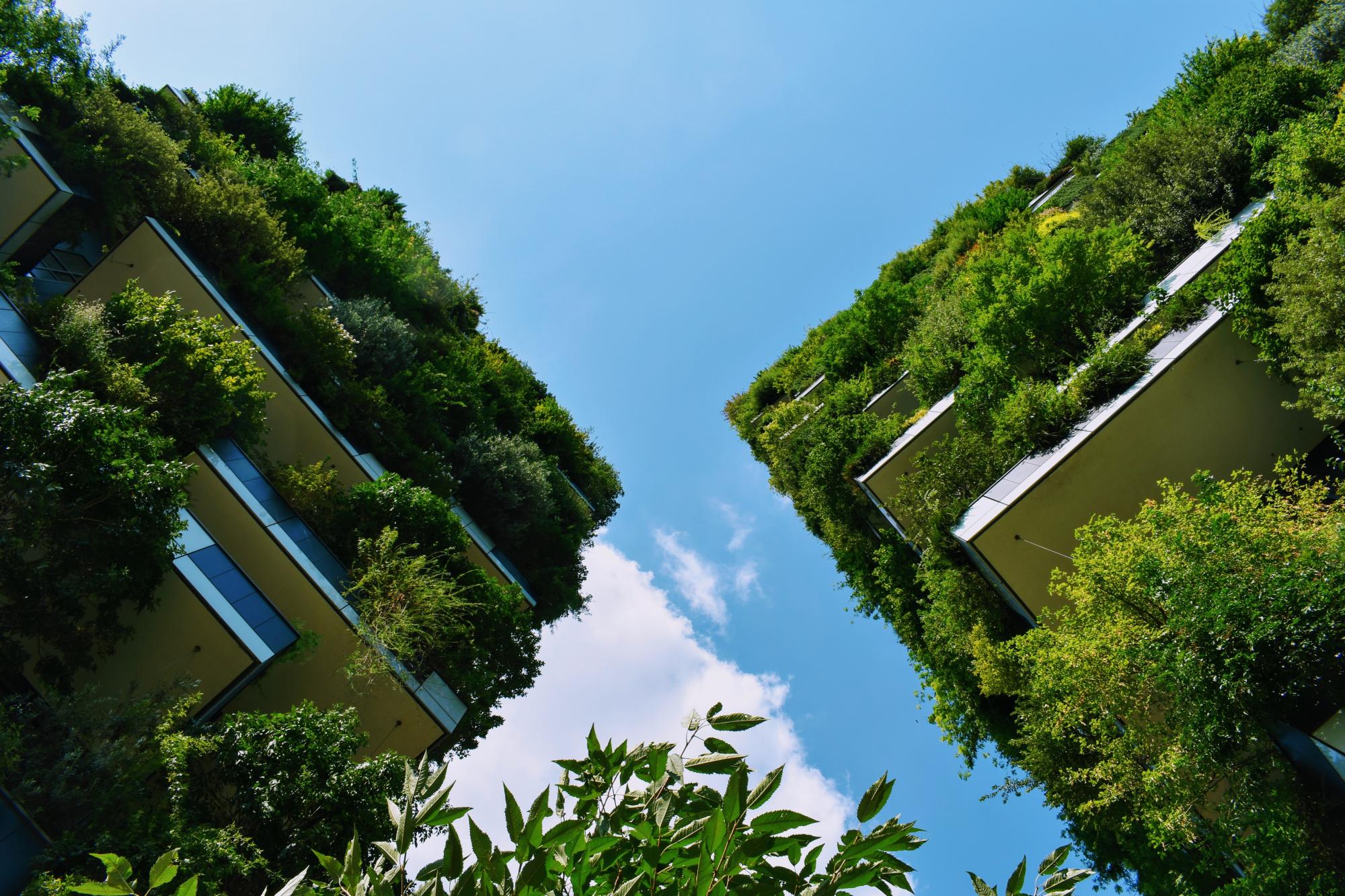Last updated: October 2021
The Arcadia nursery is a new building located at the King’s Buildings Campus, Edinburgh and owned by the University of Edinburgh. The current intervention is about promoting ideas of free play and having elements of forest schools and natural play within the garden. As outdoor spaces associated with pre-schools is critical to the health and well being of children, this project is one of the very important initiatives in the city. It mixes indoor and outdoor play areas, and children can move between the eco-friendly building and a specially landscaped garden. The playrooms lead to a garden which enables 'nature' to be in close reach for the children. (ref 1, 4)
Overview
Nature-based solution
- Grey infrastructure featuring greens
- Green playgrounds and school grounds
- Parks and urban forests
- Other
- Community gardens and allotments
- Other
Key challenges
- Green space, habitats and biodiversity (SDG 15)
- Green space creation and/or management
- Social justice, cohesion and equity (SDG 10)
- Environmental education
- Health and well-being (SDG 3)
- Enabling opportunities for physical activity
- Improving physical health
- Creation of opportunities for recreation
- Sustainable consumption and production (SDG 12)
- Sustainable consumption
Focus
Creation of new green areas, Knowledge creation and awareness raising
Project objectives
1. The nursery wants to promote the ideas of free play and have elements of forest schools and natural play within the garden.
2. The building is designed around a ‘free-play’ concept that encourages age groups to mix and which helps to develop children’s confidence, independence and creativity (ref 2)
Implementation activities
The outdoor space is formed into three distinct zones and is considered as another ‘playroom’ for the nursery, used every day by all age groups to encourage physical activity and engagement with nature. An ‘enclosed’ garden with a covered terrace which is directly accessible from the nursery building provides a space for children to play. Several ‘open play’ features in the garden include grass steps, a bubble bridge, water pump, raised vegetable planters and a potting shed. (ref 1, 3)
play trees, log ladders and sand pit. There is a meadow zone with long grass and meadow flowers to encourage birds and insects (Ref 2)
Main beneficiaries
- Public sector institution (e.g. school or hospital)
- Researchers/University
- Citizens or community groups
- Young people and children
Governance
Management set-up
- Led by non-government actors
Type of initiating organisation
- Public sector institution
- Researchers/university
Participatory approaches/ community involvement
- Consultation (e.g. workshop, surveys, community meetings, town halls)
Details on the roles of the organisations involved in the project
The main Client was the University of Edinburgh while other roles were: Mansell plc (Contractor), ERZ (Landscape Architect); Malcolm Fraser Architects (Architect); AED (Structural Engineer); HarleyHaddow (Building Services); Blebo Consultants (Arboricultural Clerk of Works); Applied Ecology (Ecologist) (ref 2)
Project implemented in response to ...
... an EU policy or strategy?
Unknown
... a national policy or strategy?
Unknown
... a local policy or strategy?
Unknown
Financing
Total cost
€100,000 - €500,000
Source(s) of funding
- Private Foundation/Trust
Type of funding
- Direct funding (grants, subsidies, or self-financed projects by private entities)
- Other
Non-financial contribution
Unknown
Impacts and Monitoring
Environmental impacts
- Green space and habitat
- Increased green space area
- Increase in protected green space areas
Economic impacts
- Other
Socio-cultural impacts
- Safety
- Increased perception of safety
- Social justice and cohesion
- Improved access to urban green space
- Health and wellbeing
- Gain in activities for recreation and exercise
- Cultural heritage and sense of place
- Improvement in people’s connection to nature
- Education
- Increased support for education and scientific research
Type of reported impacts
Achieved impacts
Presence of formal monitoring system
Unknown
Presence of indicators used in reporting
No evidence in public records
Presence of monitoring/ evaluation reports
No evidence in public records
Availability of a web-based monitoring tool
No evidence in public records
References
1. Breeam (no date) King’s Buildings Arcadia Nursery – University of Edinburgh. Available at: Source link. Accessed on 26th August, 2020.
2. WoodAwards (no date) Arcadia Nursery. Available at: Source link. Accessed on 26th August, 2020.
3. ERZ (no date) Arcadia Nursery. Learning and Play Projects. Available on: Source link. Accessed on 26th August, 2020.
4. Landscape Institute. (2016). Arcadia Nursery. Accessed: Source link. Accessed on 26th August, 2020.
5. Barraclough C. (2015). Building the Arcadia Nursery: the client's view. Accessed: Source link. Accessed on 26th August, 2020.
6. Trada. (no date). Arcadia Nursery, Edinburgh, City of Edinburgh. Source link. Accessed on 26th August, 2020.
7. Arcadia (no date) Arcadia @ Kings Buildings. Available at: Source link. Accessed on 26th August, 2020.
2. WoodAwards (no date) Arcadia Nursery. Available at: Source link. Accessed on 26th August, 2020.
3. ERZ (no date) Arcadia Nursery. Learning and Play Projects. Available on: Source link. Accessed on 26th August, 2020.
4. Landscape Institute. (2016). Arcadia Nursery. Accessed: Source link. Accessed on 26th August, 2020.
5. Barraclough C. (2015). Building the Arcadia Nursery: the client's view. Accessed: Source link. Accessed on 26th August, 2020.
6. Trada. (no date). Arcadia Nursery, Edinburgh, City of Edinburgh. Source link. Accessed on 26th August, 2020.
7. Arcadia (no date) Arcadia @ Kings Buildings. Available at: Source link. Accessed on 26th August, 2020.

